Is It Worth Investing in Google Shopping Ads? [Case Studies]
Google is a search engine giant. It’s the absolute source of any type of information and you can find anything you need through Google’s search engine. It’s a powerful tool used by people all over the world and there is no doubt about it. But Google comprises of various products which make it such a strong and compelling service. And one of them is Google Shopping.
The ads have a significant role in Google Shopping. And for many online stores, they are the best if not the only way to reach out to customers. Especially, that the ads tremendously help in getting through the competition.
Google Shopping is an integral part of e-commerce business and every entrepreneur working in this sector should remember about it and think about targeting the potential customers through properly adjusted ads.
How Do Google Shopping Ads Influence Your E-commerce Business?
Google Ads Group Product Manager, Philip McDonnellin reported that “at any given period, 80% of Americans are shopping online.” And most of the consumers do it through Google Shopping since Google is the most popular and most commonly used search engine.
Also, people are more likely to visit your online store if they see an advertisement which visually appeals to them and corresponds to their search results. There are also other factors, which we’ll discuss later.
Google Shopping Ads significantly influence e-commerce business, although many people believe that they have no value. It’s true that it may be difficult to top the competitors, but if you use the right strategies, you can be successful.
*
Do you want to drive new traffic to your website? Start Google Shopping campaign with Heraldbee!
*
Are Google Shopping Ads Effective? Case Studies
Believe it or not but Google Shopping Ads are effective. You can see it below on the infographic by wordstream.com, which shows the average click-through rate in Google Ads.
But not all ads are effective. Creating a good one is somehow an art. It requires the right approach and engagement.
So what is a good Google Ad? What components should it have and what should you avoid when creating one? There are couple of things you should know before you start creating your own ads. Because if you prepare your campaign improperly, you will only throw your money down the drain.
These 8 case studies will show you the right process of creating Google Ads. They will help you answer the most important questions:
- What should a good Google Ad look like?
- What should you avoid?
- How to use keywords?
- How to keep high numbers such as click-through rate (CTR), conversion rate (CVR), and similar?
CASE STUDY 1
How We Increased Google Shopping Revenue by 268% by Treating Campaigns Like a Brick and Mortar Store
Let’s begin from defining what is a brick and mortar store. It’s a store (but can also be a business or any type of an organization) that operates in a physical building and you can actually see the display with the products it offers.
The author of this case study presents his work with an e-commerce site that sells plus size lingerie. The name of the store wasn’t given for privacy reasons. The goal was to increase conversion rate and revenue from its Google Shopping campaigns.
And he used the brick and mortar store style, “we implemented product-specific campaign structure for the online retailer that mimics the science behind product placement in brick and mortar stores”
They got rid of the generic keywords (negative keywords which were making it hard to aim the campaign at specific search results), chose the top products, and eliminated these of the least interest.
Here are the numbers they managed to generate:
Conversion rate: increased 116%
Revenue: increased 268%
CASE STUDY 2
Boutique Retailer Farfetch Tops Trends with Google Shopping Campaigns
The subject of this case study is London-based Farfetch, a boutique online retailer for men’s and women’s fashion, featuring clothing from 300 independent boutiques around the world. Although the 30–45% revenue increase thanks Google Shopping and Product Listing Ads (PLAs) in four countries, the company wanted to reach out to more customers in the global market.
Of course, the store was able to increase the revenue even more with the improvement of PLAs. They focused on assessing the top products and monitor customers’ actions. That helps to promote the most popular clothing.
“Shopping campaigns are an intuitive way to manage PLAs and sell your products on Google. You manage your campaign much the same way you would manage a store. You can browse your inventory and group which products you want to bid on, all in AdWords. And you have advanced reporting and optimization features to help measure the performance of your products and estimate your growth opportunity.”
CASE STUDY 3
These 11 Stores Are Killing It On Google Shopping
The author of this article presents 11 case studies. The stores include Syght Gaming Glasses, a client in the beauty industry, store in the furniture industry, Wild Dill, ECCO Shoes, Paper Culture, PUBLIC Bikes, TravelSmith Outfitters, Empire Covers, Vineyard Vines, Front End Audio.
But the main point is to answer the 3 very important questions, as presented:
- Where can you reach your potential customers?
- Which skills do you have?
- Can the channel deliver traffic or sales?
The common element of all the 11 case studies presented by the author is to focus on your product and analyze how you can create a strong campaign. You need to be able to pay attention to the details, metrics, be creative to create good pictures for ads/campaigns. You should also make a research of your competitors and learn as much as you can about the process of adding ads to Google in your country.
This research and combining the skills allowed the stores from these case studies to gain more clicks for their ads.
CASE STUDY 4
How to increase impressions on Google Shopping by 40%
Here, a marketing agency Peak Ace helped talkthisway.de, a large mobile service provider increase the visibility of their products. This case study can be summarized with one sentence, “Success on Google Shopping is always based on the quality of your shopping feed.”
The first step was to think about different shopping and marketing channels and how to create campaigns to make them effective on these channels.
In order to do that, the organization helping their client in creating Google Ads had to customize the feeds, “the massive data set would need to be structured and tailored to fit the varying channel requirements and correct tracking would need to be implemented to measure the success of each channel.”
All it took was changing the description, titles, and pictures to reach different marketing channels and increase visibility. They were able to increase impressions on Google Shopping by 40%, while decreasing CPC by 30%.
CASE STUDY 5
Segmenting Top And Poor Product Performers – A Google Shopping Case Study
The author of this case study, Matt Umbro, discusses the power of segmentation in Google Shopping and how he created mirror campaign for top products of his accounts.
In the mirror campaign he placed the products of the poor performance. And the result was interesting, “The most noticeable difference was the increase in both clicks and impressions. With the poor performers going into their own campaigns, budget was freed up in the existing product type campaigns. Additionally, the poor performing products now had lower bids, but were still accruing a fair amount of traffic. Overall CPC was also lower by $0.03. Even though we were bidding higher for our top products, the lower bidding for the poor performers brought the overall CPC down.”
Not only did he manage to increase conversion for the top products, but also gain clicks for the poor performing products.
CASE STUDY 6
How to triple the ROI and the Google Shopping traffic in 6 weeks
This case study describes the increase in the Return On AdSpend (ROAS) of a shop, the authors’ client, by 300% in just 6 weeks time. It is somehow a step by step guide. To sum up the most important aspects, it’s best to present the most important points that the author indicated.
The entire process consisted of three stages:
- Improve the feed without the need to change product descriptions;
- Get more traffic on well-performing product segments;
- Cut costs on bad performing product segments, location, devices and keywords.
What they had to do:
- understand the account’s status and what would the target be (also taking the industry into consideration);
- make sure that all the data we need is visible;
- there are multiple feed management tools out there to help you optimize the feed. We used Shopify Simple Google Shopping Feed App to improve the feed for Google Shopping to improve the data quality.
Then, they have done three things which resulted in higher impression share and more targeted traffic.
1) Include all variants and not only the main products – optimizing the product feed by adding all product variants.
2) Improve findability of the product with titles – brand + title + options (color and size).
3) Add GTIN numbers for better approval rates
Next was the optimization process. It included the following actions:
- Subdividing the product groups
- 80/20 sorting and calculating target – At this point we took into account the 80-20 rule of thumb (Pareto principle): 80% of the budget will go to 20% of product groups. This means that if you sort the product groups by cost, the first few groups will get most of the budget that you have allocated for the campaign.
- Take control of locations and devices – using the “Locations” button to increase the Max CPC
- Cut the cost by identifying bad brands and products
- Cut the costs by excluding money draining keywords
The entire process as described above helped to increase the ROAS by 300% in 6 weeks.
CASE STUDY 7
Improve Tracking Efforts for High Value Call-in Orders
This study presents the case of Air Compressor Services, provider of replacement air compressor parts, compressor oils, air filters, oil filters, separators, and other accessories. The company operates as a B2B and they receive a lot of high value orders through the phone.
But their call tracking wasn’t integrated properly into their AdWords account. Hence, the aim was to analyze the call tracking data not to miss out on significant opportunities to improve their marketing campaigns. Call tracking is important in relation to Google Ads because it helps to figure out which ads are leading to phone calls / conversions.
It resulted in Air Compressor Services increased Google Shopping ROI +124.13%
CASE STUDY 8
Increase Revenue on Google Shopping
The subject of this case study is Cambria Bicycle Outfitter, a successful road and mountain bike retailer. “We increased revenue 116% thanks to dynamic remarketing and the creation of advanced trademark campaigns. Specifically for dynamic remarketing, we decided to target cart abandoners, product reviewers, past buyers and general visitors.”
In this case, the retailer was able to improve the performance by optimization:
- segmenting the products,
- ad scheduling,
- geotargeting,
- mobile bid adjustments,
- expanding products to other sales channels
The conclusion is that the retailer simply had to focus on and analyze Google Shopping to properly optimize his Ads.
The Common Denominator
Although all the above case studies concern different retailers and may be focused on various aspects of Google Ads, they all share common criteria no matter the type of a product and industry. Of course, some of them may perform better than other based on the business sector.
Nevertheless, they all show common denominators which guarantee the success of Google Ads:
- clarity leads to a successful Ad – segmentation and optimization help to create structured add which better performs in Google Shopping;
- you can segment Shopping campaigns by different factors – brands, the most popular products, etc. If you do it smartly, you can increase the revenue;
- Google Shopping Ads campaigns provide you with various data, metrics, and numbers – use them to develop better ad strategies;
- keywords are crucial in campaigns but you also need to know how to use them;
- to properly create a campaign, you need good analytic skills to analyze all the data and metrics, and creativity to create visually appealing ads;
- include targeting based on location and the use of electronic devices – every country has different rules of adding Google Ads;
- you shouldn’t let Google choose which products people can see in Google Shopping. You are the only one who knows your products best and you should take advantage of it; it’ll help attract customers.
Final Thoughts
Google still is the largest base for e-commerce. Despite Amazon’s popularity, it is still the most popular shopping system. It allows customers to quickly find products, compare them, and opt for the most suitable choice. Google gives them the overview of the product and they can see the reviews and opinions, which often is the benchmark for number of clicks and leads.
It’s worth investing in Google Shopping Ads, provided that you do it wisely. Implementing the right strategy and understanding your customers is the key factor in achieving success.
If you feel that you don’t have the necessary knowledge or data to create good campaigns, it’s best to get the assistance of experts on Google Shopping Ads. You will make sure your money is properly invested and you can expect positive outcomes.
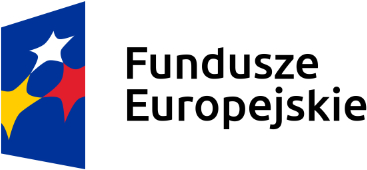




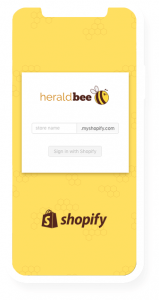




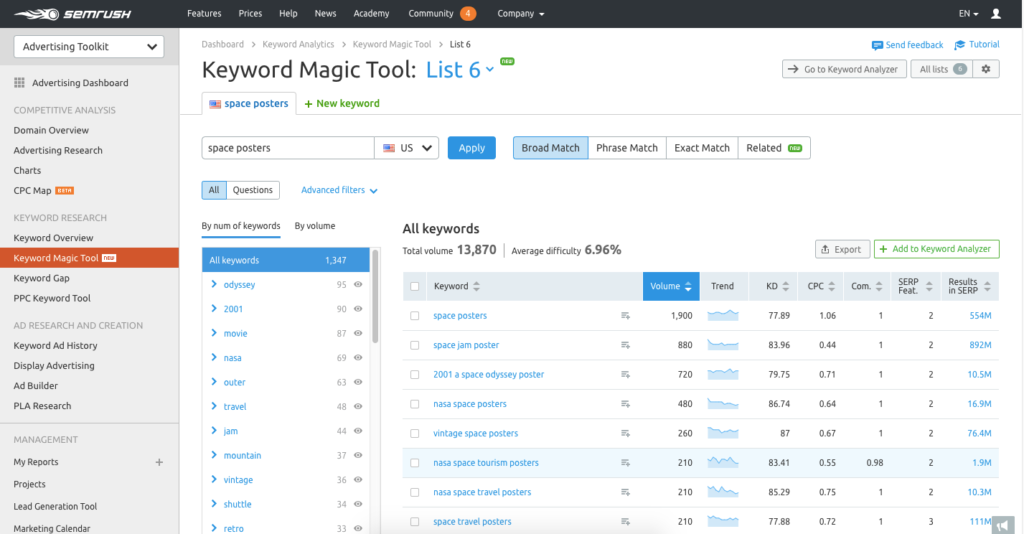
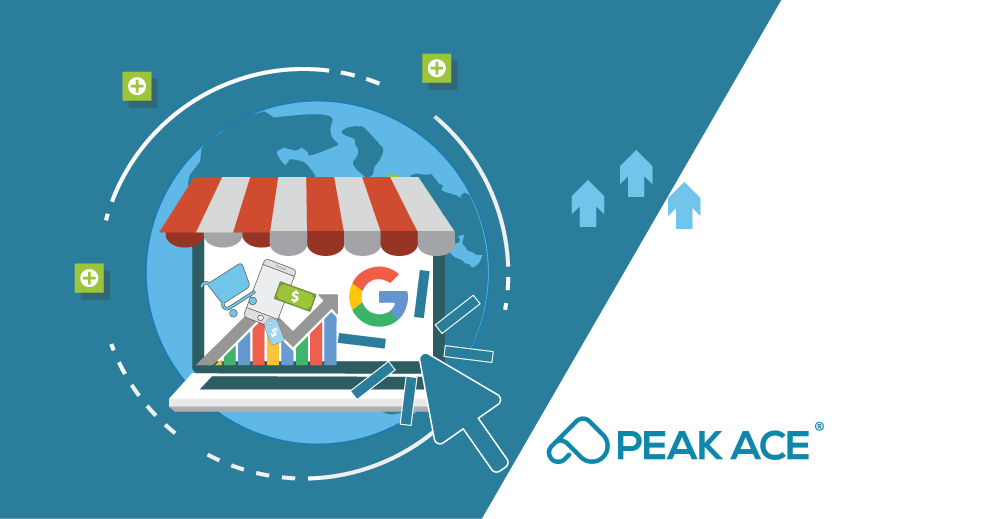
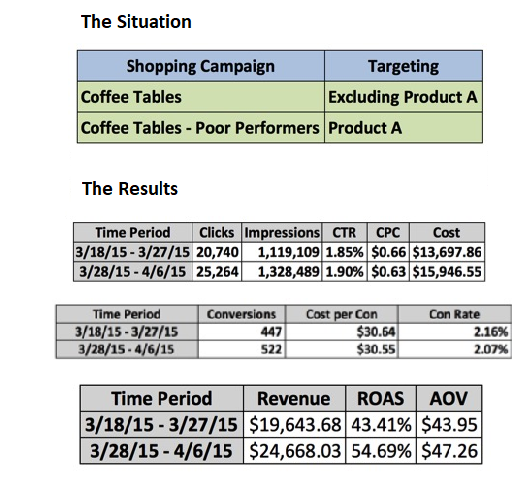

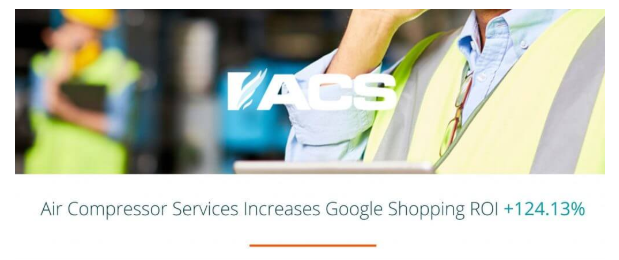




Alex Walf
Very informed guide about Facebook Ads. To get started with internet marketing, the first thing you need to do is to put together a strong, well-designed website